CEREBRAL PALSY - What is it and what causes it?
The name CP comes from:
- “cerebral” – something linked to the brain
- "palsy" – a problem or weakness with the movement of the body
BM108 is recommended for a complete loss or impairment of the ability to voluntarily use muscles.
What is cerebral palsy?
Cerebral palsy (CP) is caused by brain damage. It is a neurological condition most commonly recognized by movement and motor disability in childhood.
According to the Centers for Disease Control and Prevention (CDC), 1.5 to 4 of every 1000 children are affected worldwide, CP is the most common cause of movement or motor disabilities in children.
Symptoms
There is a range of disabilities, and the symptoms can vary significantly in terms of severity. Depending on the parts or parts of the brain affected, it can be limited to one side of the body or a limb. Symptoms usually stay the same with age as the brain's disorder does not change or get worse.Problems with coordination and movement include:
- Muscle disorders
- Exaggerated reflexes with stiff muscles (spasticity)
- Normal reflexes with stiff muscles (rigidity)
- Tone variation
- Movement disorders
- Involuntary movements or tremors
- Slow, twisting, painful movements
- Problems with fine motor skills
- Difficulty walking
- Delays in development
- Learning difficulties
- Difficulty speaking, speech delays
- Drooling or swallowing problems
- Difficulty with eating or sucking
- Seizures
Some neurological problems associated with CP, also caused by brain abnormalities, include:
- Reduced or difficulty with sight and hearing
- Intellectual or cognitive disabilities
- Seizures
- Abnormal pain or touch receptors
- Mental health conditions
- Oral cavity diseases
- Stool or and urinary incontinence
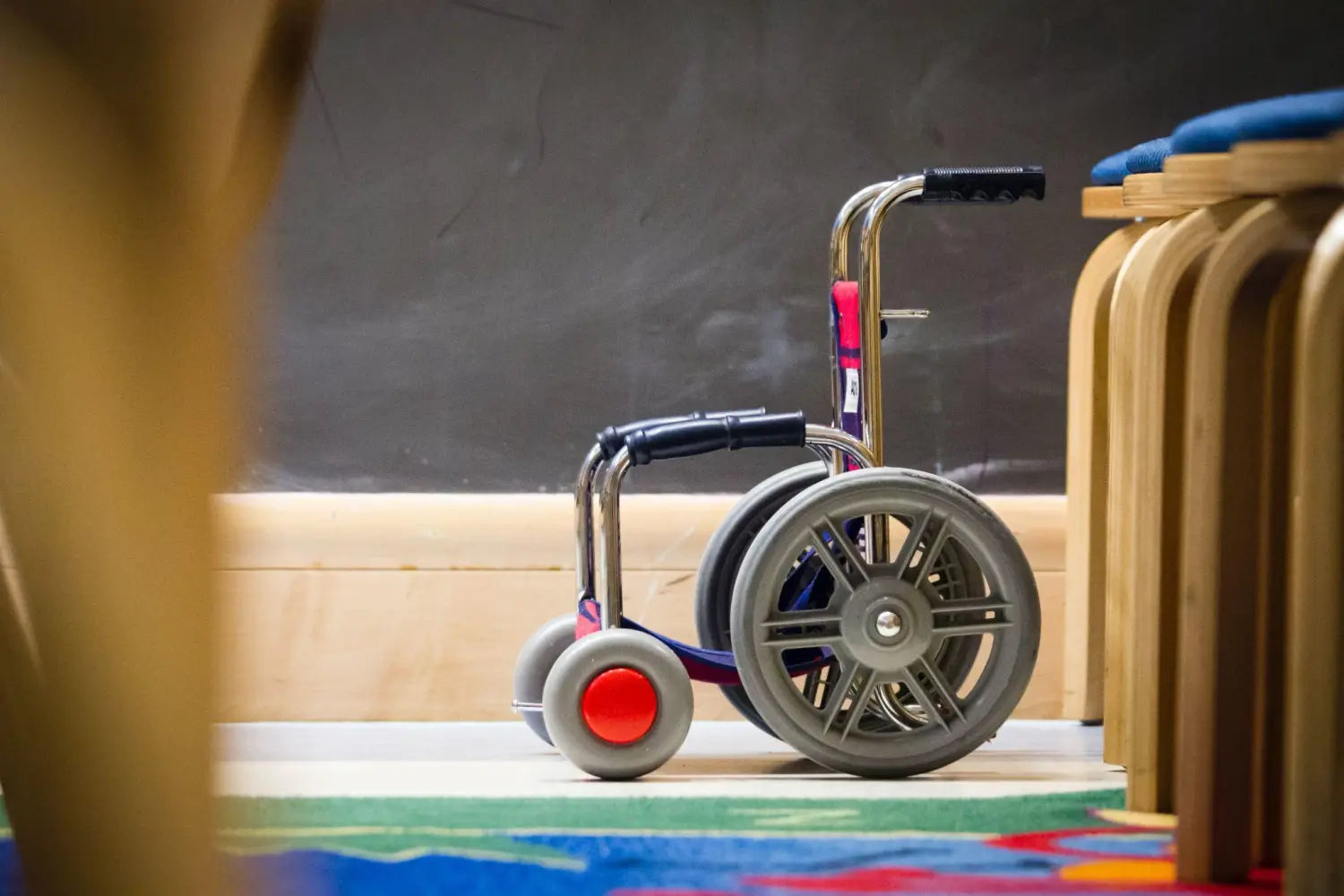
What causes cerebral palsy?
The cause of cerebral palsy is a brain abnormality. It can happen during brain development or due to an injury. Parts of the brain that control posture and movement are usually the first to receive damage.Brain damage mainly occurs before or during birth and during the first years of life because the skull that protects the brain is soft. It is not easy to recognize the exact cause of CP, but some of the possibilities are:
- Brain not receiving enough oxygen during labor and delivery
- Gene mutations
- Severe jaundice during infancy
- Maternal infections, such as measles and herpes simplex
- Brain infections (encephalitis, meningitis)
- Injuries (a fall, abuse, result of a crash)
Who’s at risk for cerebral palsy?
Understanding these factors can help mothers reduce the chance of their baby being affected by cerebral palsy during birth.Some factors that increase the risk of babies being affected by CP at birth are:
- Premature birth, born before the 32nd week
- Low birth weight, less than 3 pounds
- Being a twin or triplet
- Low Apgar score
- Breech birth, feet, or buttocks come out first
- Blood (Rh) incompatibility with mother
- When the mother is exposed to toxic substances during pregnancy
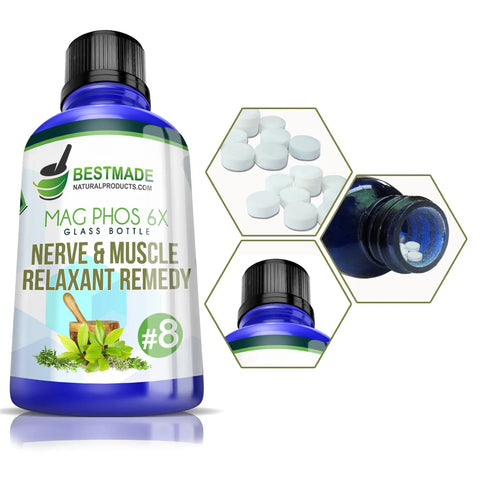
Mag Phos is best used for stabbing nerve pain, muscle spasms, and twitching. Recommended for spasms, hiccups, or menstrual cramps. It is an excellent antispasmodic and useful for muscular neuralgia, headaches, toothaches, dysmenorrhoea, and more.
Types of Cerebral Palsy
CP can be described by how severe the effects are, the affected body part, and how it affects movement.- Quadriplegia (bilateral CP)
- All limbs are affected; muscles of the face, mouth, and trunk could also be affected.
- Diplegia (bilateral CP)
- Both legs affected, arms could be affected to a more minor degree.
- Hemiplegia (unilateral CP)
- One leg and arm (same side of the body) are affected
- Spastic
This is the most common type of CP, affecting around 70-80% of those with CP. Those affected by spastic CP have stiff and jerky movements due to increased muscle tone.
Stiff muscles make movement difficult or maybe even impossible. They appear stiff because the communication between muscles and the brain is obscured or incorrect.
Depending on the affected limbs, several tasks can be difficult to do. If the arms are affected, there are difficulties with:
- Dressing
- Washing
- Eating
- Writing
- Manipulating objects
- Problems with balance
- Standing and sitting upright
- Changing positions and repositioning
- Walking and running
- Dyskinetic
Types of dyskinetic movements:
- Dystonia – repetitive and twisting movements
- Athetosis – slow and “stormy” movements
- Chorea – irregular and unpredictable movements
People with dystonia have noticed that a few specific movements and sensations suppress unwanted movements temporarily. Those are called "sensory tricks," and they include:
- Touching the face with a finger or hand
- Leaning on a wall with the back of the head
- Tucking a hand under the chin
- Placing a hand behind the back
- Ataxic
Ataxia means "without order" or "uncoordinated," and it is the least common type of CP.
Characterized by:
- Tremors
- Balance problems
- Mixed
Mixed CP is caused by damage to several parts of the brain. Symptoms from both or all three types can be present. A most common type of mixed CP is spastic-dyskinetic cerebral palsy.

How is Cerebral Palsy Diagnosed?
Diagnosing CP is no easy task as there is no single or straightforward test. The best and easiest way is multiple tests and observations. There is a higher chance for an accurate diagnosis and ruling out other conditions.From tests and observations, a pediatrician can diagnose or recommend a specialist when there is a suspicion that the child has any issues with balance, motor development, muscle tone, or coordination.
Can Cerebral Palsy Be Prevented?
There is no sure way to prevent CP as you can never predict if or when an infant will have an injury that will cause a brain disorder, which can quickly happen due to negligence. You should build up your health (as a mother) and carefully choose your doctors.Some steps could significantly lower the risk:
- Before pregnancy – a balanced diet, and taking care of yourself, and dealing with pre-existing medical issues
- During pregnancy – sticking to healthy habits, take recommended supplements (prenatal vitamins)
- Regular checkups with your obstetrician throughout pregnancy
- Getting screened to prevent potential complications.
Can Cerebral Palsy Be Cured?
Cerebral palsy cannot be cured, but it does not get worse with time. Some muscle conditions can worsen due to under usage, but exercise can help. Early treatment and therapies can reduce the chance of disabilities, the severity of symptoms and help retain mobility.
BM148 is best used for spasmodic conditions, cramps, spasms in limbs, convulsive affections, locomotor ataxia, twitching, shortening feeling of the muscles, headache, spasmodic hiccough, bladder spasm, and spasmodic pain in epigastrium and abdomen.
How is cerebral palsy treated?
There is more than one treatment option it depends on the type of cerebral palsy and severity of symptoms. Treatment is designed to reduce limitations and prevent further complications.
Difficulties with movement
Assistive aids
To prevent further damage or help the person move their body easier.
- Eyeglasses
- Hearing aids
- Walking aids
- Body braces
- Wheelchairs
Medications
Oral medications and injections can assist with movement issues. Botulinum toxin type A (Botox) can also be injected into the muscles from age two and is very effective in conjunction with therapy.
Surgical procedures
A neurosurgical procedure called Selective Dorsal Rhizotomy (SDR) can be done to reduce spasticity permanently. It is done to a small percentage of children to ease the symptoms of spasticity in their legs; there are risks, of course.
Occupational therapy and physiotherapy
Therapists work with the patients on day-to-day motor skills such as walking, playing, sitting, and using assistive aids and other types of instruments. There are a wide range of possible interventions depending on the patient's needs.
Difficulties with joints, bones, and muscles
During a child's early adolescence or late primary years, an orthopedic surgeon can do surgery to lengthen muscles and correct joint deformities.
Therapists can focus on preventing movement impairing issues using orthotics, casts, and strengthening exercises.
Other interventions and treatments:
- Cognitive or intellectual disability
- Learning difficulties
- Pain management
- Sleep disorder
- Emotional and behavior issues
Though still in exploration and development, stem cell therapy could potentially treat cerebral palsy.
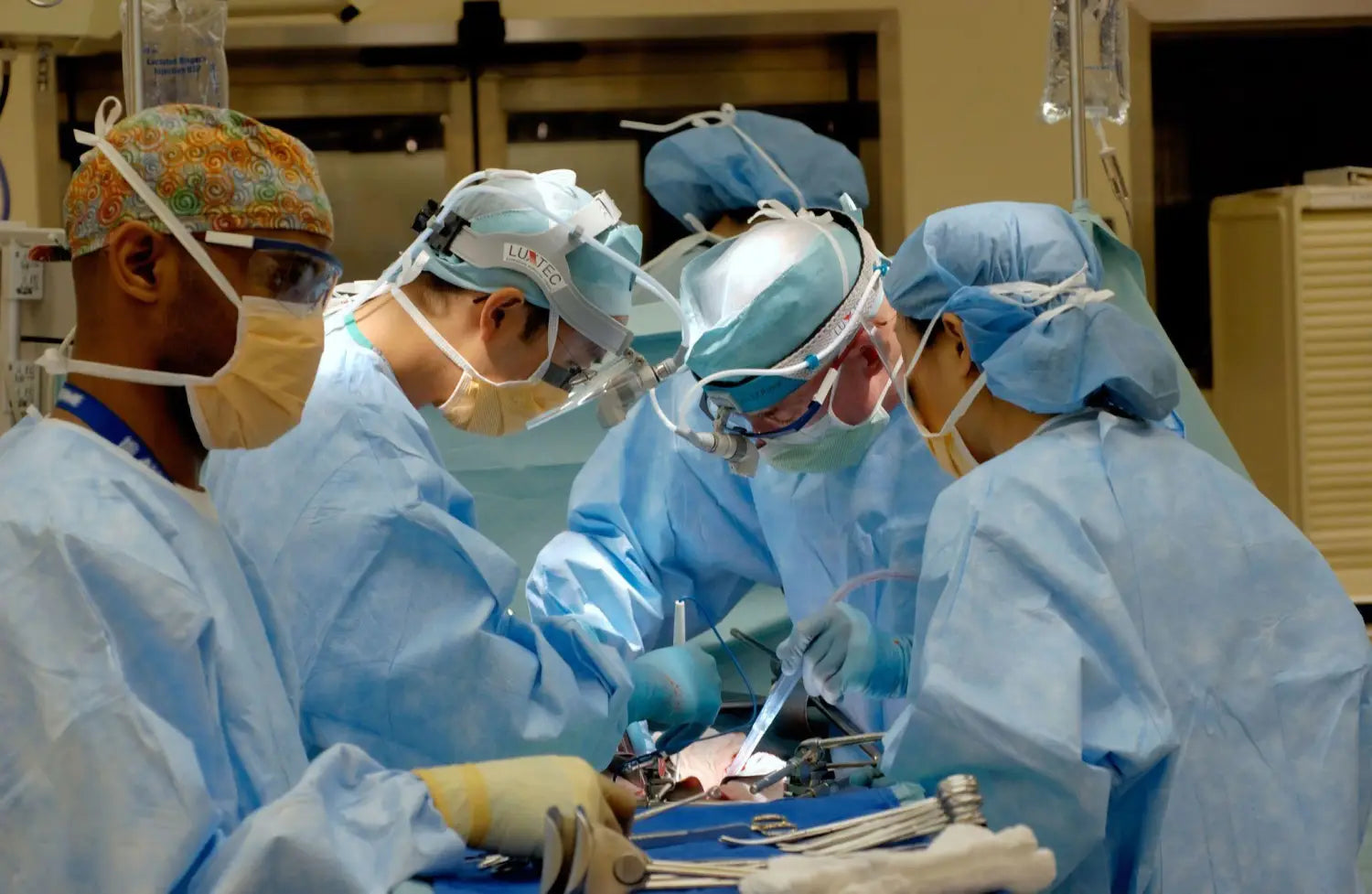
Prevention
Cerebral palsy is not easily preventable, and in most cases, it won't be prevented. It is relatively easy to lower the chances if you are planning to get pregnant or are pregnant.These actions can help you keep healthy and reduce the chance of complications:
- Vaccination – getting vaccinated against diseases (i.e., rubella) before pregnancy can prevent brain infections which cause brain damage to the fetus
- Healthy habits – taking care of your health before pregnancy and coming into one healthy significantly reduces the chance of infections
- Early and regular prenatal care – doing regular checkups with your doctor is an easy way to minimize risks to both you and the baby
- Avoid drugs – alcohol, nicotine, and illegal drugs have been linked to increased risk of cerebral palsy
Those are:
- Cooling – slightly lowering the baby’s body temperature to lessen the impact of the brain injury after lack of oxygen during birth
- Antenatal steroids – mothers at risk of preterm birth are given a course of steroids to lower the risk of their infant having CP.
- Magnesium sulfate can help protect an infant's brain if the mother is at a high risk of very preterm birth.
Natural Remedies for Cerebral Palsy
Besides medical treatment, there are ways to relieve emotional and physical stress at home.Essential Oils
Essential oils can help with inflammation and muscle pain, especially when combined with massage therapy. Inhalation is another way to try and use the essential oils; aromatherapy stimulates the hypothalamus.Essential oils work really well for some people and are worth trying because of the low level of risk. They are extracted from plants; popular picks are peppermint and lavender oil.
Diet
The quality of the fuel we use to power our bodies plays a huge part in how our body functions.People with CP tend to also have digestive problems. Food that is rich in omega-3 fatty acids, such as walnuts and salmon, helps with brain function. Anti-inflammatory agents are also found in those foods, and they help fight off infections.
Foods with antioxidant properties are also an excellent addition to the diet because they can help reduce inflammation in the muscles.
Probiotics from apple cider vinegar, yogurt, and fermented foods help the digestive process by enriching the gut with healthy bacteria.
Exercise
It just brings benefits. Increased circulation, preventing muscle atrophy, it even helps with range of motion…
If it is hard to do because of reduced mobility, it is possible to do it in water; there is almost always a way to get some exercise. One of the best exercises to do is yoga.
Yoga combines breathing, meditation, and body positioning into one activity. It is relaxing, is relatively easy to do, and does not require high-intensity training.
With meditation and deep breathing, you can alleviate a lot of anxiety and stress.
BIO16 is recommended for nervous exhaustion, fatigue, or sleeplessness resulting from stress and anxiety. Natural support for your nervous system to help cope with everyday stress and negative events.
Cold and Heat Therapy
This therapy can be used to manage muscle tone, pain, and inflammation.Cryotherapy (cold) reduces inflammation and swelling, constricts blood vessels, and reduces blood flow.
Thermotherapy (heat) promotes circulation and relieves the tension in spastic muscles.
Keep in mind if a person has trouble expressing themselves, after all, you need to avoid hypothermia or burns.
Massage Therapy
One of the most popular treatments to help patients relax and soothe muscles. Manually breaking through and relaxing the muscles helps with mobility and other symptoms such as:- Spasticity
- Poor circulation
- Anxiety
- Pain
- Restricted range of motion
Magnesium sulfate
Magnesium sulfate or Epsom salts can be added to a bath; children bathing in such a bath can get relief from inflammation, stress, and constipation.
Natural remedies may not work on everyone, but in many cases, they are as effective as pharmaceutical treatments. They are worth trying because of the low risk associated with their use. Additionally, these products are often quite cost-effective.
It is best to try an option for some time and maybe note what helps and what does not.

CONCLUSION
Unfortunately, there is no cure; the best way to prevent or avoid cerebral palsy in children is to take care of your health as a mother during pregnancy and avoid leaving the child unsupervised after birth.
There are many treatment options for every type of cerebral palsy; your doctor can help you find those which benefit you the most, depending on your type and severity.
It is always best to stay active, move the body and keep the mind sharp. Food plays an important role in our state of mind and the health of the body.
Do not lose hope, and do not give up, try something NEW.



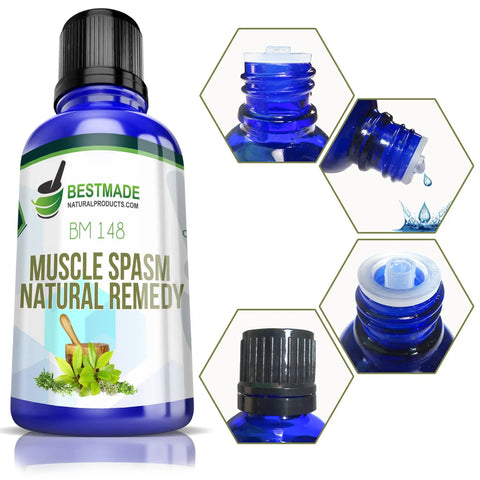
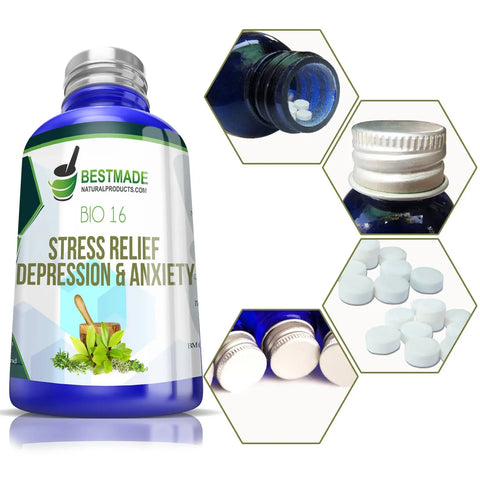
Leave a comment